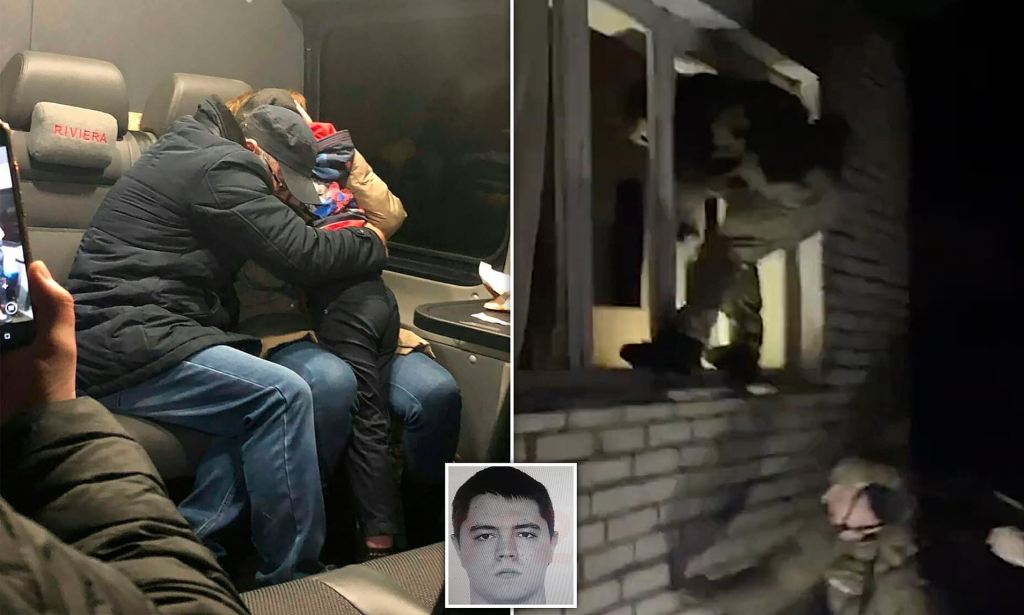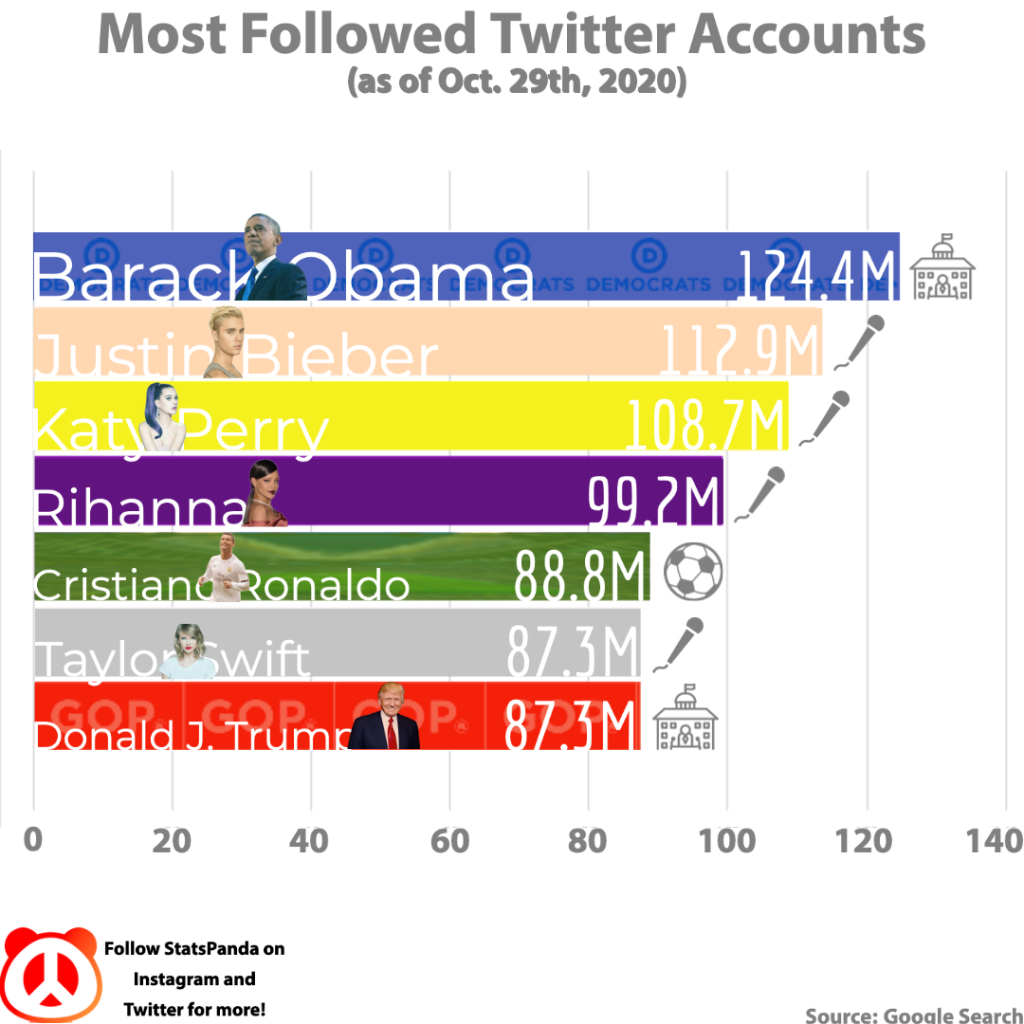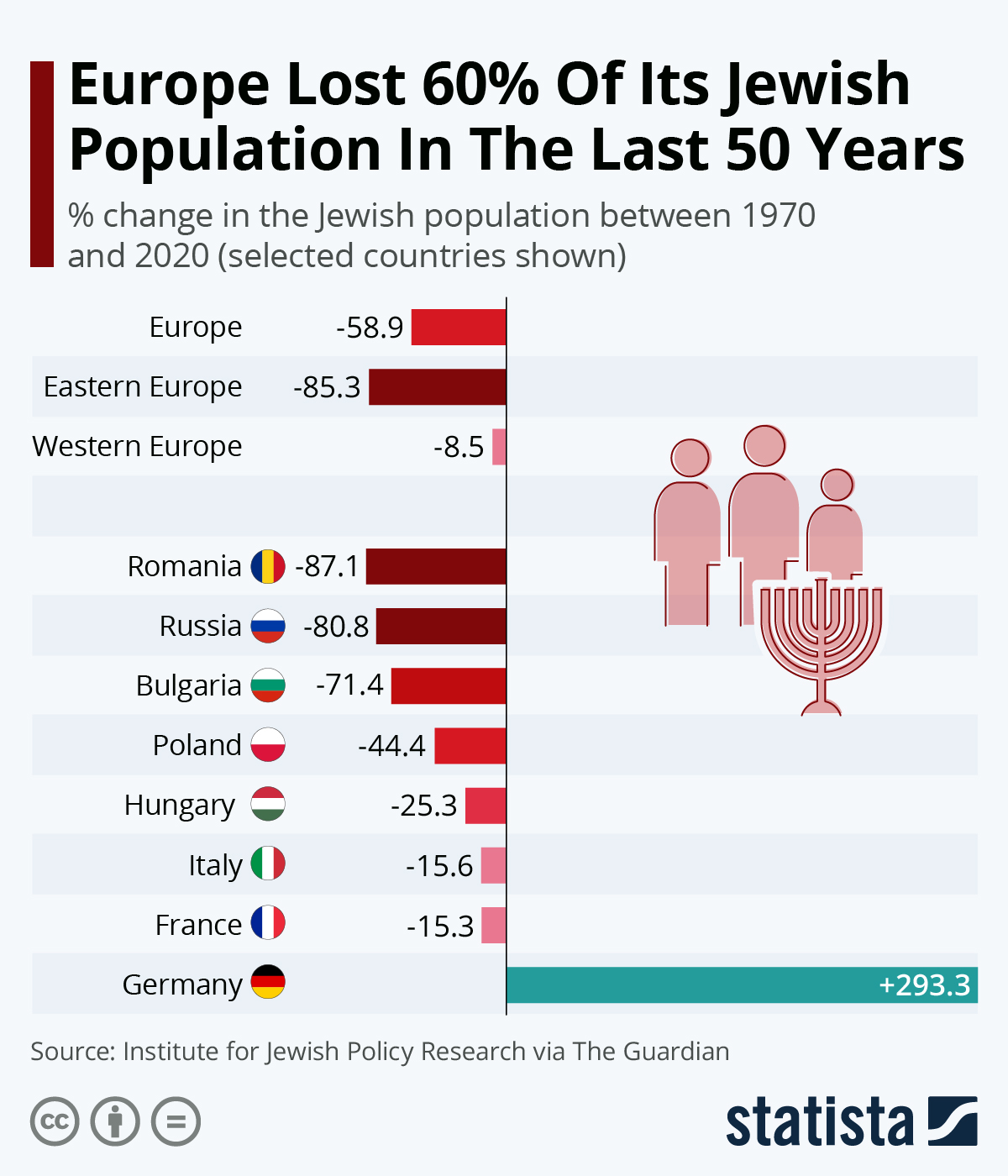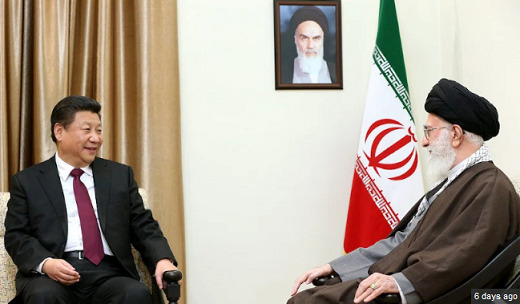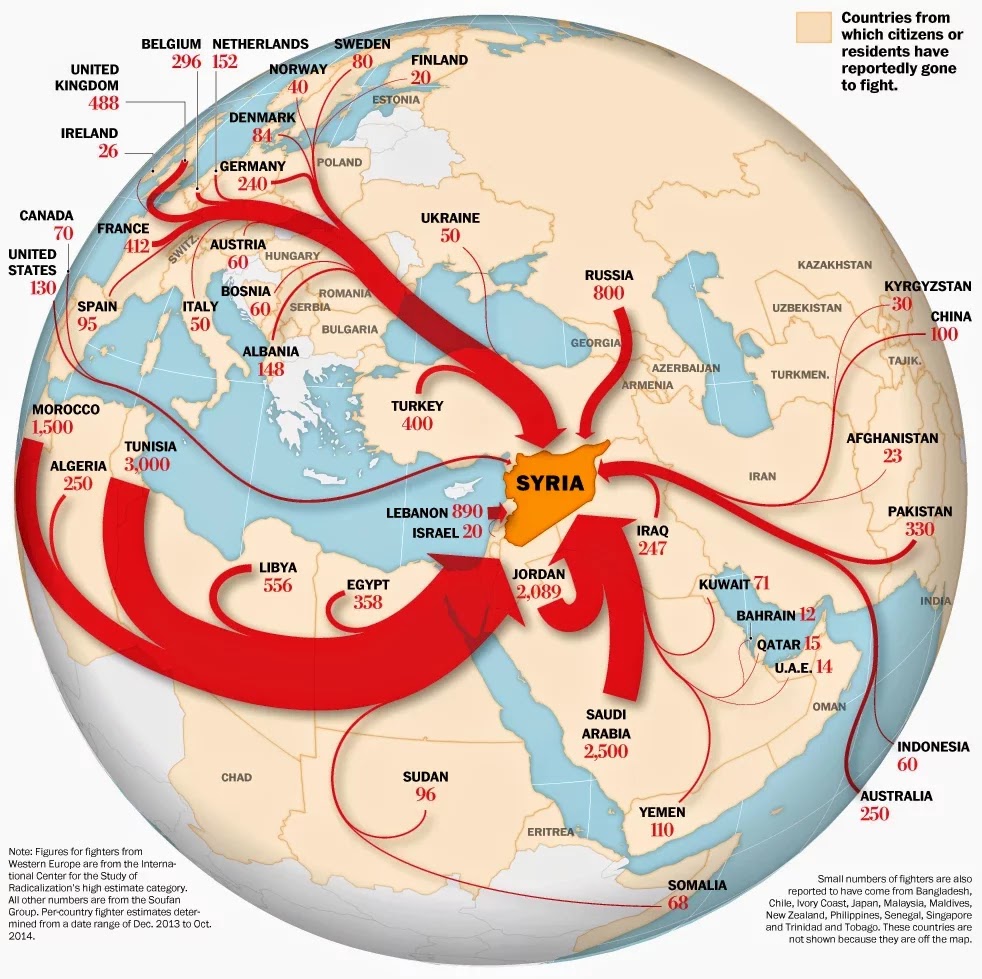The coronavirus has hit the Middle East and north Africa at a time when the region is already burdened with multiple problems, including a series of long-running conflicts, sectarian tension, economic crises, and widespread political unrest. In this survey, experts at the European Council on Foreign Relations analyse the Covid-19 pandemic’s current impact on, and likely implications for, the region.
Iran
An economically hamstrung Iran has become the epicentre of the Covid-19 crisis in the Middle East. So far, Iran has announced that more than 18,400 people have tested positive for the virus, and 1,284 have died from the disease – although the real figures are likely to be much higher. The Iranian authorities have struggled to contain the epidemic, and have come under extensive scrutiny at home and abroad for their delayed response and lack of transparency. Health officials say that “50 new cases of infection are detected every hour and one death recorded every 10 minutes”.
The crisis has also highlighted the devastating humanitarian consequences of US sanctions on Iran, which have impeded the flow of urgently needed medical equipment and humanitarian goods into the country. This week, as the death toll climbed, the US administration introduced further sanctions despite European governments’ reported requests for the White House to relax these measures.
Domestically, the critical question facing the Iranian leadership is whether to impose a nationwide lockdown, as some doctors and local authorities have recommended. The authorities have belatedly restricted access to the worst-hit towns and provinces, taken the unprecedented step of closing shrines, launched a campaign to promote social distancing, and rolled out a nationwide online screening survey for the virus (which around 18 million people have reportedly completed). But Iranian leaders seem gravely concerned about the economic implications of measures that would further limit activity in the country. In reaction to the coronavirus outbreak in Iran, many neighbouring states that it relies on for trade have closed their borders. As such, the government in Tehran is eager to minimise any further damage.
While calling on the United States to lift its sanctions, Iran has also made its first request to the International Monetary Fund in 60 years – asking for a $5 billion emergency loan. The latter move reflects the peril Iran faces as it tries to pay for imported goods at a time when US sanctions have largely blocked its access to foreign currency.
The political leadership has called for unity and evoked a spirit of national resistance against what Iran’s supreme leader has termed a “BiologicalAttack”, but there seems to be some competition between various domestic centres of power. President Hassan Rouhani, who was criticised by local news outlets and on social media for his absence in the early days of the outbreak, has rejected the notion of a nationwide lockdown (in part, perhaps, to avoid further empowering the armed forces). Rouhani’s announcement came shortly after Chief of Staff of the Armed Forces Mohammad Bagheri spoke of “cleaning roads and streets” within 24 hours, after receiving a directive from Iran’s supreme leader, Ayatollah Ali Khamenei. The directive stressed that the armed forces should fully coordinate these efforts with the Rouhani government and the health ministry – in what was perhaps the supreme leader’s attempt to both assert control over the state response and prevent infighting at a time of national emergency.
As Iran’s health sector struggles to cope with growing infection rates, the United Nations and the US have called for the immediate release of Iranian political prisoners. This week, Iran’s judiciary announced the temporary release of 85,000 inmates and pardons for 10,000 prisoners, aiming to reduce the spread of the virus. According to Iranian officials, 50 percent of those released were “security-related prisoners” (although, in parallel, there have reportedly been several arrests of figures who criticised the state’s response). Among those temporarily released is the British-Iranian Nazanin Zaghari-Ratcliffe – although other dual nationals are reportedly still in detention. The crisis could create a narrow opening for states with nationals detained in Iran (including the United Kingdom, France, and the US) to intensify their concerted diplomatic efforts to secure the prisoners’ permanent release.
Another possible diplomatic opening created by the crisis has been in clear expressions of solidarity with Iran from some members of the Gulf Cooperation Council (GCC). Qatar announced that it is sending urgent medical supplies to Iran. The United Arab Emirates has facilitated flights for the World Health Organisation (WHO) to deliver aid to Iran. The Emirati foreign minister has had a rare phone conversation with his Iranian counterpart – about the response to the virus. Kuwait has announced that it will donate $10 million to Iran’s healthcare fight. While it seems unlikely, a similar move by Saudi Arabia – and perhaps a GCC-Iran technical-level dialogue to coordinate medical and scientific efforts to combat the coronavirus – could open up a much-needed avenue for reducing tension between Tehran and Riyadh.
(Ellie Geranmayeh)
The Levant
Already crippled by conflict, as well as political and economic crises, the countries of the Levant – and, above all, the millions of people inhabiting overcrowded and unsanitary refugee camps there – are soon likely to face a brutal confrontation with the coronavirus. While the number of confirmed cases remains low for the moment, the virus seems certain to spread widely in the region, because of the strong links that Syria, Iraq, and Lebanon have with Iran, and because these countries lack the state capacity to contain the disease.
With governments now locking down their populations and suspending international flights, the outlook is particularly grave due to a series of deep, long-running crises across the Levant that have already severely debilitated states’ capabilities. Civil war in Syria and de facto state failure in neighbouring Iraq and Lebanon have emptied these countries of strong and legitimate political leadership, as well as the institutional structures needed to deal with the threat posed by the global pandemic – such as functioning healthcare systems in Syria and Iraq. Syrians, meanwhile, will need to navigate this crisis under the gaze of a government that has long been indifferent to their fate and may see the international community’s distraction as welcome cover to launch a new military offensive in rebel-controlled Idlib. Damascus still seems in denial about the spread of the virus, with officials maintaining there are no cases within government-controlled territory.
This challenging situation will be further exacerbated by economic collapse, whose effects the coronavirus will dramatically intensify as business activity grinds to a halt. The dynamic threatens to push these countries into a vicious cycle. The Lebanese pound and the Syrian lira have undergone dramatic devaluations in the past six months, while widespread dollar shortages in Lebanon have hampered imports of medical supplies. For its part, Iraq is enduring a sharp drop in much-needed oil revenue, due to the oil-price war recently launched by Saudi Arabia. In Syria, the regime’s corruption and economic mismanagement are compounded by international sanctions that restrict the inflow of medical equipment.
Across the Levant, there is particular concern about the welfare of the region’s huge number of refugees and internally displaced persons (IDPs). There are now more than 5.5 million Syrian refugees in the region, and more than 6 million Syrian IDPs, including 1 million people who have fled the recent fighting in Idlib. Iraq is home to 1.5 million IDPs. These refugees and IDPs live in overcrowded camps characterised by unsanitary conditions and limited medical facilities, making them deeply vulnerable to the ravages of the coronavirus. The Norwegian Refugee Council has raised the prospect of “carnage” if the virus hits these locations.
(Julien Barnes-Dacey)
The GCC States and Yemen
With more than 1,000 confirmed cases of Covid-19 between them, the monarchies of the GCC have begun applying stringent measures to contain the spread of the pandemic. The countries can rely on their healthcare systems – which are some of the most efficient in the region, and are freely and easily accessible to all citizens. As such, the GCC monarchies will likely be able to manage Covid-19 from a healthcare perspective, in light of the stringent social distancing measures they have applied throughout the crisis. However, the contagion risk is far higher in communities of foreign labourers, many of whom lack access to healthcare and live in conditions in which social distancing is not an option.
A major concern for the GCC authorities is the implications of the virus for international tourism and mega-events. The UAE is anxious about the likely impact of the crisis on Expo 2020, due to begin in Dubai in October. Saudi Arabia is concerned about the potential impact of the virus on its current presidency of the G20, a role of paramount importance to the country’s leadership. Oman, whose strained budget increasingly relies on international tourism, is already counting on major losses from the crisis.
The connection between the pandemic and the collapse of the oil market is even more significant for GCC countries. The fall in demand from a disease-hit China, the top export destination for Saudi Arabia’s oil, was the initial reason that Riyadh sought an agreement to cut production with other energy producers. Russia’s refusal to play along led Saudi Arabia to unilaterally cut its export prices by nearly 10 percent. For a time, this strategy, combined with the economic slowdown caused by the pandemic, caused the oil price to plummet. This is problematic for all GCC monarchies, which rely on energy revenue for the lion’s share of their budgets. The situation presents an especially significant challenge to countries whose public finances are in a dire condition, such as Bahrain and Oman. These two states have not announced stimulus packages to weather the crisis – in contrast to Qatar, Saudi Arabia, and the UAE, which have allocated billions in support to private businesses.
While borders remain open to goods and commerce even in countries that have halted all air and land international travel for individuals, any further disruption to trade would be particularly damaging for GCC countries. This is especially true in terms of food security, given that the six monarchies rely on imports for most of their food consumption. Saudi Arabia, which is the only one of the countries with an agrifood industry, has also seen swarms of locusts descend on its crops in the past two months.
The virus also has potential implications for the political and sectarian dimensions of the GCC states’ confrontation with Iran. Kuwait, Qatar, and the UAE have sent medical and humanitarian aid worth millions of dollars to Iran. However, humanitarian cooperation won’t necessarily ease political tension, particularly in light of the position taken by Saudi Arabia, the GCC’s most influential actor. Both Saudi Arabia and Bahrain have strongly condemned Iran for its allegedly reckless response to the coronavirus – pointing to, for example, its failure to stamp the passports of GCC citizens who have defied bans on travel to Iran. There is a widespread narrative in all GCC countries that they imported the virus from either Iran, the regional epicentre of the crisis, or Iraq, via Shia citizens. As a result, on 8 March, Saudi Arabia placed the entirety of Al Qatif – a traditionally restive, Shia-majority province – under lockdown to contain the virus. This could deepen sectarian fault lines within the kingdom, whose Shia citizens have long felt marginalised.
Yemen has not reported any coronavirus cases among its citizens so far. Yet many Yemenis doubt that the country is free of the virus, as it remained open to air traffic and returning migrants until recently. Yemen is not only home to a huge number of IDPs but also hosts almost 300,0000 refugees (most of them Africans). As such, it seems unlikely that the country will be able to isolate itself from the crisis. In the last four years, a cholera outbreak affecting an estimated 2 million people has demonstrated Yemen’s vulnerability to infectious disease. And a major outbreak of Covid-19 would be disastrous in light of Yemen’s continuing conflict, already-precarious humanitarian situation, and dysfunctional healthcare system.
(Cinzia Bianco and René Wildangel)
Israel-Palestine
Covid-19 highlights the extent to which West Bank settlers, Israelis living within Israel, Palestinians, and their respective economies are intertwined. At a time of increasing political tension between them, the virus is forcing Israel, the Palestinian Authority (PA), and Hamas to cooperate with one another to prevent a full-scale outbreak. Such an outbreak could easily spill over from one area into the next, with severe consequences for Israelis and Palestinians alike.
Israel has taken one of the strongest stances against the coronavirus of any country. In addition to adopting containment measures that match those of other states, Israel has – in a similar way to Iran and China – authorised its domestic security service to track the mobile phones of confirmed and potential coronavirus victims. In doing so, Israel is repurposing the surveillance techniques it has long used to control Palestinians in the occupied territories. Crucially, this is happening without any oversight or approval from the Knesset – Israel’s legislative body – which has yet to convene following national elections at the beginning of March.
While many Israelis may feel that Prime Minister Benyamin Netanyahu is doing a good job of handling the crisis, they are simultaneously concerned that his actions could violate their civil liberties and hurt Israeli democracy. Never one to miss an opportunity, Netanyahu has used the outbreak to delay his trial on corruption charges. All of this has occurred as Israel continues to be governed by a caretaker government. There is growing public pressure on the country’s two main political factions – Netanyahu’s Likud and the opposition, Benny Gantz’s Kahol Lavan – to form a government of national unity, which would avoid the disruption of a fourth election in less than a year and thereby help steer Israel through the Covid-19 crisis.
In the West Bank, the PA has replicated many of the measures taken in Israel and elsewhere. For instance, it has implemented a lockdown in Bethlehem, where the first major outbreak took place. At a time when the PA is seen by many Palestinians as a burden on their national movement, there is relatively strong support for Prime Minister Mohammad Shtayyeh’s handling of the situation. And, despite the strain on their relationship created by the deterioration of the peace process, the Israeli government and the PA have cooperated effectively to contain the spread of the virus on both sides of the 1967 Green Line. This has included the establishment of Joint Command Centre. Nevertheless, the West Bank’s healthcare system may struggle to manage a significant uptick in Covid-19 cases.
It is in Gaza where the virus poses the greatest threat. While Gaza has so far reported no infections – due in part to Israel’s decades-long restrictions on the area, and to limited testing there – its 1.8 million residents are extremely vulnerable. As the most densely populated area in the world, Gaza already suffers from a protracted humanitarian crisis, a debilitated health infrastructure, and restricted electricity supplies. Long-running efforts by the US, the European Union, Israel, and PA to isolate Hamas leaders will complicate an effective response in Gaza. As such, the UN mission based in Jerusalem and the WHO have now taken the lead in helping with contingency planning and coordination between Israel and Hamas.
For Palestinians and Israelis, the virus also poses an economic threat. A near-total collapse in tourism will hurt both Israel and Palestinian cities such as Bethlehem. The Palestinian economy is reliant on the approximately 95,000 Palestinian labourers who commute to Israel from Gaza and the West Bank each day. In addition, access to cheap labour remains important to the well-being of the Israeli economy.
The Israeli government, the PA, and Hamas need to take all this into account as they engage in a collective balancing act: reducing the likelihood of cross-border transmission of the virus while maintaining the flow of Palestinian labour to Israel. One of the options Israel is considering (with the blessing of Hamas and the PA) is to allow Palestinians under the age of 50 who work in the construction industry and healthcare to remain in Israel for two months, in anticipation of a coordinated move to seal Israel’s crossings with Gaza and the West Bank during that time.
(Hugh Lovatt)
North Africa
So far, the coronavirus has had a fairly limited impact on north African countries, most of which have swiftly implemented containment measures. Nevertheless, these countries generally have fragile healthcare systems that may struggle to deal with the spread of the virus. In the long term, Covid-19’s most serious effects on north Africa are likely to be economic, given that the region is dependent on trade and tourism, and already struggles with widespread youth unemployment.
Egypt has been the worst-hit north African country, reporting many cases connected to cruises on the Nile. As of 19 March, Covid-19 had officially infected 210 people in the country (around half of whom were Egyptian nationals), resulting in six deaths. But the true figures could be significantly higher. A Canadian study suggested that at least 6,000 people, and possibly many more, had been infected in Egypt. The Egyptian authorities have reacted strongly to the study, announcing that they would withdraw the press licence of the Guardian journalist who broke the story and threatening to take legal action against her and a New York Times journalist who contributed to the report. There have also been accountsof the authorities arresting Egyptians who circulated rumours about Covid-19. The virus could spread quickly through Egyptian cities (above all, Cairo) due to their high population density. There are also widespread concerns about its possible impact in Egypt’s overcrowded prisons, which are notorious for neglecting the medical needs of their inmates. Egypt suspended all flights to and from its territory on 16 March, initially until the end of the month. Government officials estimate that the country’s loss of income from tourism could reach $1 billion per month – in valuable hard currency – if these measures remain in place.
Libya, which has been protected by the relative lack of foreigners entering the country, has not reported any cases of Covid-19. However, following nine years of state deterioration, a long period of competition between governments, and a year of conflict in the country’s most populated region, people in Libya are highly vulnerable to an outbreak. This is especially true of those who live in precarious conditions in the country, including hundreds of thousands of IDPs housed in makeshift shelters, and an estimated 700,000 migrants and refugees, most of them from sub-Saharan Africa. Both the Government of National Accord (GNA) and its counterpart in eastern Libya have taken measures to encourage social distancing, such as school closures, and launched public information campaigns. The GNA has also announced the creation of a $358 million fund to combat the virus (although the lack of an accompanying strategy suggests that the money could go astray). Covid-19 may spread through Libya as thousands of Libyans return home, and as mercenaries and foreign forces continue to circulate through its territory. Although US and European officials have called for a ceasefire to allow Libyan authorities to better tackle this threat, renegade general Khalifa Haftar has stepped up his offensive in the last few days, as he and his backers look to use the rest of the world’s distraction to their advantage.
In Tunisia, the coronavirus is the first major test for a government that only came to power in February, following an election late in 2019. So far, the new leadership’s actions to combat Covid-19 seem to be effective and to enjoy public support. Despite only reporting a couple of dozen cases, Tunisia has imposed strong containment measures: a curfew, a ban on international flights, and the closure of its land borders. Yet, even if it limits the spread of Covid-19, Tunisia is already struggling with persistent economic problems that the virus will only exacerbate, given the resulting collapse in income from tourism and likely decline in trade with Europe.
Morocco will also take a major economic hit from the virus, at a time when years of economic inequality and regional disparities have generated significant public discontent within the country. Morocco has implemented a series of flight suspensions and containment measures – which are largely voluntary, at this stage, but most Moroccans appear to be observing.
Algeria was identified by the WHO as being at unusually high risk from the coronavirus, because of its extensive links with China. However, only a few dozen cases have been reported in the country. Algeria has instituted a series of containment measures, suspending travel and closing schools and mosques, while importing equipment to support its strained healthcare system. The biggest obstacle to countering the virus in Algeria concerns the government’s lack of political legitimacy. Official measures designed to limit public gatherings are widely seen as an opportunistic attempt to end the year-long protest movement that demands change in Algeria’s political system. However, many people with influence over the protest movement have called for the suspension of the demonstrations to protect public health. And there are signs that protests may at least diminish in the coming months, as the movement’s supporters look for other ways to show their opposition to the regime.
(Anthony Dworkin and Tarek Megerisi)
Share this: youtube.com/c/MIDDLEEASTMEDIAPOSTLLCNorfolk google.com/+MIDDLEEASTMEDIAPOSTLLCNorfolk


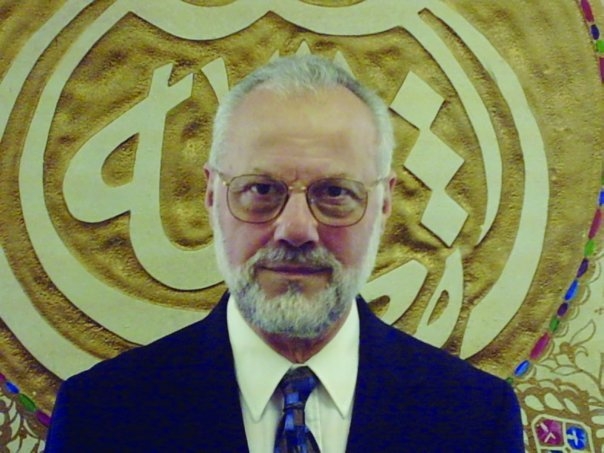 Dr. Yusuf Ziya Kavakçi
Dr. Yusuf Ziya Kavakçi
















 Supreme Court Justice Ruth Bader Ginsburg, an
Supreme Court Justice Ruth Bader Ginsburg, an 
 Molecular biologist Flossie Wong-Staal was the first scientist to clone HIV and determine the function of its genes, a major step in proving that HIV causes AIDS. She also completed genetic mapping of the virus, which led to the development of HIV tests. Born in China, she was raised in Hong Kong and left at 18 to attend the University of California, Los Angeles, where she earned degrees in bacteriology and molecular biology. Her work, which was instrumental in introducing new treatments for HIV/AIDS patients, is now being used in the fight against
Molecular biologist Flossie Wong-Staal was the first scientist to clone HIV and determine the function of its genes, a major step in proving that HIV causes AIDS. She also completed genetic mapping of the virus, which led to the development of HIV tests. Born in China, she was raised in Hong Kong and left at 18 to attend the University of California, Los Angeles, where she earned degrees in bacteriology and molecular biology. Her work, which was instrumental in introducing new treatments for HIV/AIDS patients, is now being used in the fight against  Actor Chadwick Boseman starred in the groundbreaking superhero movie
Actor Chadwick Boseman starred in the groundbreaking superhero movie  Test pilot Chuck Yeager became in 1947 the first pilot confirmed to have exceeded the speed of sound in level flight. Prior to breaking the sound barrier, he was a U.S. Army flying ace during World War II, at one point shooting down five enemy aircraft during a single mission. He later set several flight speed and altitude records, and his exploits paved the way for
Test pilot Chuck Yeager became in 1947 the first pilot confirmed to have exceeded the speed of sound in level flight. Prior to breaking the sound barrier, he was a U.S. Army flying ace during World War II, at one point shooting down five enemy aircraft during a single mission. He later set several flight speed and altitude records, and his exploits paved the way for  Computer scientist Frances Allen, one of the few women in her field during the computer industry’s early years, performed pioneering research that laid the groundwork for today’s efficient, lightning-fast
Computer scientist Frances Allen, one of the few women in her field during the computer industry’s early years, performed pioneering research that laid the groundwork for today’s efficient, lightning-fast  Author and illustrator Tomie dePaola, whose children’s books entertained several generations of readers, wrote or illustrated more than 270 books. Among them were his “Strega Nona” series, whose main character is a kindhearted “grandma witch” in Calabria, Italy, who uses her magic to help local townspeople. The first book in the series won a Caldecott Honor Medal in 1976 and was voted one of the “Top 100 Picture Books” of all time in a 2012 poll sponsored by School Library Journal. A recipient of many honors for his contributions to children’s literature, dePaola died March 30 at age 85.
Author and illustrator Tomie dePaola, whose children’s books entertained several generations of readers, wrote or illustrated more than 270 books. Among them were his “Strega Nona” series, whose main character is a kindhearted “grandma witch” in Calabria, Italy, who uses her magic to help local townspeople. The first book in the series won a Caldecott Honor Medal in 1976 and was voted one of the “Top 100 Picture Books” of all time in a 2012 poll sponsored by School Library Journal. A recipient of many honors for his contributions to children’s literature, dePaola died March 30 at age 85. Lawyer, investment banker and economist James Wolfensohn became known as a champion of the world’s poor, focusing on poverty alleviation during his 1995–2005 tenure as president of the World Bank. He also highlighted the problem of corruption in the area of development financing and carried out several other reforms at the Bank. Years earlier, the Australian-born Wolfensohn helped bring Chrysler Corporation back from the brink of bankruptcy, and he improved the finances of major U.S. cultural institutions, including the Kennedy Center and Carnegie Hall. He died November 25 at age 86.
Lawyer, investment banker and economist James Wolfensohn became known as a champion of the world’s poor, focusing on poverty alleviation during his 1995–2005 tenure as president of the World Bank. He also highlighted the problem of corruption in the area of development financing and carried out several other reforms at the Bank. Years earlier, the Australian-born Wolfensohn helped bring Chrysler Corporation back from the brink of bankruptcy, and he improved the finances of major U.S. cultural institutions, including the Kennedy Center and Carnegie Hall. He died November 25 at age 86. Rock ‘n’ roll pioneer Little Richard, who drew heavily on the sacred (gospel music) and the profane (blues) to forge a distinctive rock style in the 1950s, was one of the first crossover Black artists whose music attracted fans of all races. Born Richard Penniman, he brought an uninhibited, manic energy to his performances and played a role in the formation of the genres of soul and funk. He influenced countless other artists, including James Brown and Prince, and was inducted into the
Rock ‘n’ roll pioneer Little Richard, who drew heavily on the sacred (gospel music) and the profane (blues) to forge a distinctive rock style in the 1950s, was one of the first crossover Black artists whose music attracted fans of all races. Born Richard Penniman, he brought an uninhibited, manic energy to his performances and played a role in the formation of the genres of soul and funk. He influenced countless other artists, including James Brown and Prince, and was inducted into the  Conceptual artist Christo (full name: Christo Vladimirov Javacheff), born in Bulgaria, became famous for his massive, ephemeral public installations around the world. The artist, who used only his first name, spent decades wrapping iconic monuments and landscapes in billowing fabric — including Paris’s Pont Neuf and the islands in Miami’s Biscayne Bay. While Christo’s projects often sparked hostility in the art world, his work was popular, and he ensured that his (mostly self-funded) installations were free to the public. He died May 31 at age 84.
Conceptual artist Christo (full name: Christo Vladimirov Javacheff), born in Bulgaria, became famous for his massive, ephemeral public installations around the world. The artist, who used only his first name, spent decades wrapping iconic monuments and landscapes in billowing fabric — including Paris’s Pont Neuf and the islands in Miami’s Biscayne Bay. While Christo’s projects often sparked hostility in the art world, his work was popular, and he ensured that his (mostly self-funded) installations were free to the public. He died May 31 at age 84.
